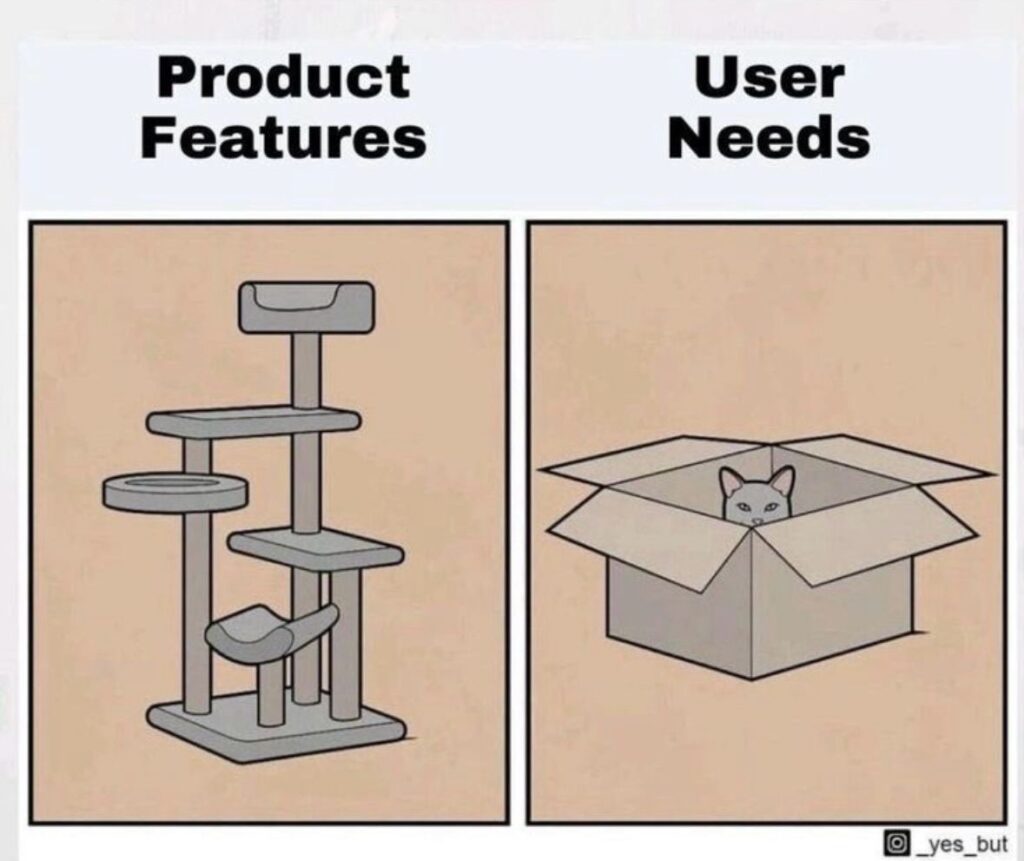Understanding MVP Validation
In the fast-paced world of startups, launching a product without validation is like opening a restaurant without knowing if anyone will enjoy the food. That’s where it’s essential to validate your MVP. Just like a chef testing their recipes via a food truck before investing in a full-scale kitchen, MVP validation allows you to test your product idea in the real world. This process helps you gauge demand, gather feedback, and refine your concept—all before making significant investments. By ensuring your MVP meets market needs, you can save time, money, and resources while setting your product up for success.

Methods to Validate Your MVP
1. Landing Page Tests
What it is: Create a simple website that outlines your product idea and gauges interest through sign-ups or pre-orders.
How to do it:
- Design a clear, compelling landing page
- Include a strong call-to-action (e.g., “Join the Waitlist” or “Pre-order Now”)
- Drive traffic through targeted ads or social media
Why it works: It allows you to measure real interest without building the actual product.
2. Crowdfunding Campaigns
What it is: Launch a crowdfunding campaign on platforms like Kickstarter or Indiegogo.
How to do it:
- Create a compelling pitch and video
- Set realistic funding goals
- Offer attractive rewards for backers
Why it works: Successful funding not only validates your idea but also provides capital for development.
3. Wizard of Oz MVP
What it is: Simulate the core functionality of your product manually behind the scenes.
How to do it:
- Create a front-end interface for users
- Fulfill requests or actions manually on the back-end
- Gradually automate processes as you confirm demand
Why it works: It allows you to test the market without investing in full development.
4. Concierge MVP
What it is: Provide a high-touch, personalized service to a small group of users, mimicking your product’s core value.
How to do it:
- Recruit a small group of beta users
- Manually deliver your product’s core value proposition
- Gather feedback and iterate
Why it works: It helps you understand user needs deeply and refine your offering before scaling.
5. Smoke Test
What it is: Create ads or promotional content for your product idea and measure the response.
How to do it:
- Design ads for your product concept
- Run them on platforms like Google Ads or social media
- Analyze click-through rates and engagement
Why it works: It provides quantitative data on market interest without building anything.
Best Practices for MVP Validation
- Start with a clear hypothesis: What do you believe about your potential customers and their needs?
- Set measurable goals: Define what success looks like for each validation method.
- Be prepared to pivot: If the data doesn’t support your initial idea, be ready to adjust.
- Combine methods: Use multiple validation techniques for a more comprehensive understanding.
- Focus on learning: The goal is to gain insights, not just prove your idea right.
- Keep it lean: Don’t overinvest in the validation process itself.
Conclusion
Validating your MVP idea is a crucial step in the product development journey. By using these methods, you can gain valuable insights into market demand, user needs, and the viability of your concept. Remember, the goal is to learn and iterate quickly, minimizing risk and maximizing your chances of success.
Don’t be discouraged if your initial idea doesn’t resonate – many successful products evolved significantly from their original concept. The key is to stay agile, listen to your potential customers, and be willing to adapt based on what you learn.
Are you ready to validate your MVP idea? Which method will you try first?
